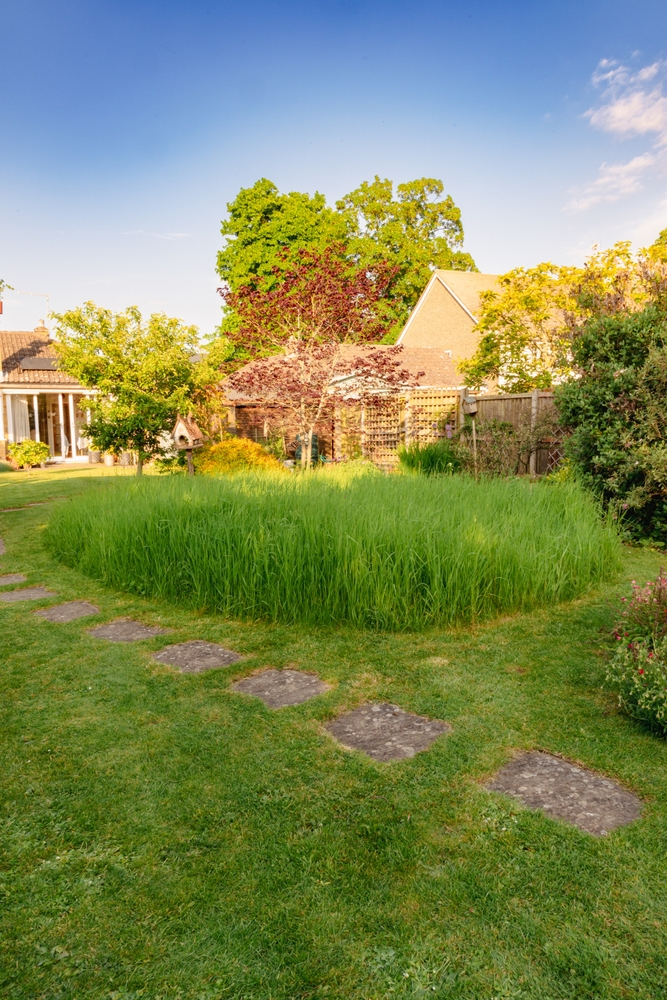One of the easiest and best ways to encourage wildlife in your garden is to leave a patch of lawn to its own devices, says Pete Harcom

I have been thinking about the ‘No Mow May’ campaign that was started in 2019 by the conservation charity ‘Plantlife’. Perhaps we should all consider this again. How about not mowing our lawns for at least the month of May?
Apparently we have lost almost 97 per cent of our flower-rich meadows since the 1930s – and with them we have lost the food needed by pollinators such as bees, moths and butterflies.
If your lawn is left to grow and set seed, it produces wildflowers, plants and fungi which all benefit your local wildlife. And all we have to do is NOT mow. Or at least, reduce our mowing from May onwards. If you do need to mow, try leaving a large area unmown – that will still help. Longer grass and wildflowers support a variety of insects such as beetles, spiders and grasshoppers. These insects are an important food source for many birds and other animals, and they also help to pollinate plants and break down organic matter in the soil.
The only downside for a gardener may be that weed growth can establish if the grass is not mown for an extended period, so monitor and remove individual weeds if they start getting established.
Jobs for May
- May should be a lot warmer, but keep an eye on the weather forecast – you may need to wait to plant out bedding plants until the end of the month to guarantee the warmth.
- Sweet peas can be sown direct into the ground during May – and if you sowed into pots a few months ago, it’s time to plant out your sweet pea seedlings during a mild spell.
- Divide clumps of hosta plants as they come into their new growth.
- Trim back aubretia after flowering to encourage compact growth and repeat flowering.
- Prune penstemons now – cut back all the old shoots to the base.
- If fuchsias and pelargoniums are growing well, take cuttings now to increase them.
- Look out for signs of blackspot on roses. Blackspot is a fungus that presents as round, irregular black spots on the leaves and canes of roses. If discovered, and you wish to avoid using a systemic fungicide, pluck and dispose of the leaves, and try to keep the ground clear of dropped leaves where the fungus can thrive.
- Prune spring-flowering shrubs – such as deutzia, choisya, weigela and philadelphus – after flowering to maintain shape.
- Birds are starting to nest now – please check hedges before trimming them back. It’s possibly best to accept you missed your chance, and to leave the hedges until late summer now.
Sponsored by Thorngrove Garden Centre



Quality clear article Pete
M